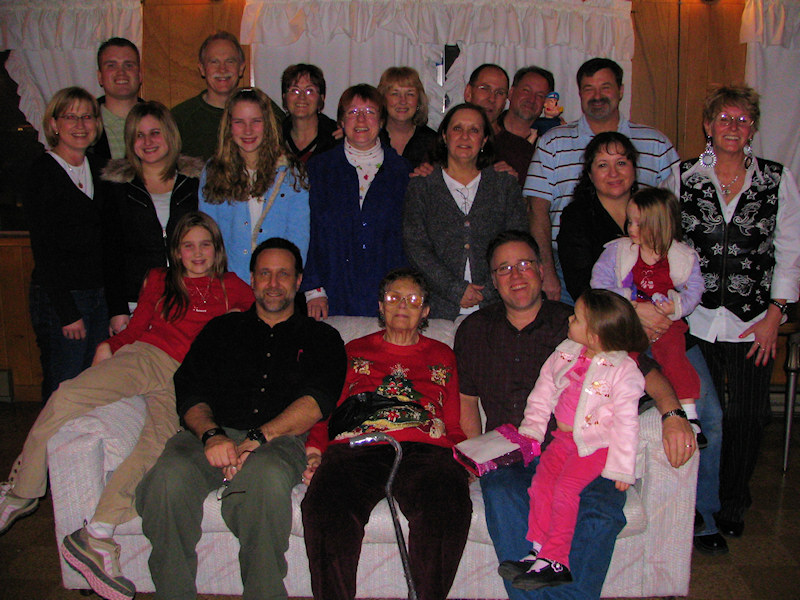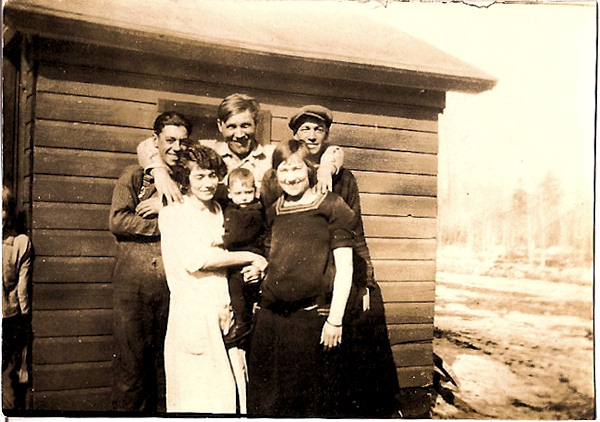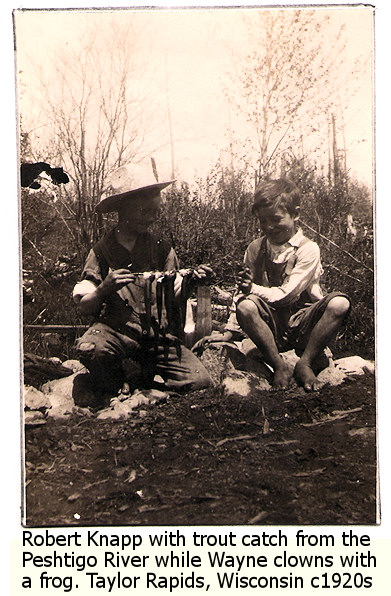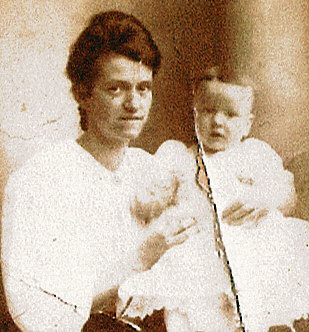Twenty Ways to Avoid Genealogical Grief offers an interesting list of 20 tips for overcoming your genealogy dead ends. Examples include:
Always note the source of information that you record or photocopy, and date it too. If the material is from a book, write the name, author, publisher, year of publication, ISBN or ISSN (if it has one), and also the library where you found it (or else photocopy the title page). Occasionally you’ll find that you need to refer to a book again, or go back to great aunt Matilda to clarify something she told you.
…When searching for relatives in records, don’t pass over entries that are almost (but not quite) what you’re looking for. For example, if you’re searching for the marriage of John Brown and Mary Jones in 1850, make a note of the marriage of John Brown and Nancy Smith in 1847: this could be a previous marriage in which the wife died shortly after.
…The earlier the time period in which you’re researching, the less consistent our ancestors were about the spelling of their surnames. Also, some of them were illiterate and couldn’t tell a record keeper how their names should be spelled.
…Family traditions of close connections to famous people are usually false, but there may be a more obscure relationship involved. For example, perhaps the famous person spent a night at your ancestor’s inn instead of (as the legend goes) marrying into the family.
…Beware of mail-order promotions offering what might purport to be a personalized genealogy of your surname with a title like The Amazing Story of the BLANK Family, Blanks Since the Civil War or Burke’s Peerage World Book of BLANKs. These books are not properly researched and documented genealogies; instead they are often little more than lists of names from phone directories or other readily-available sources. Notify the Better Business Bureau, postal authorities and consumer advocate agencies if you receive one of these. For more about these, see the ROOTS-L FAQ file FAQ SCAMS.
…Don’t assume modern meanings for terms used to describe relationships. For example, in the 17th century a step-child was often called a “son-in-law” or “daughter-in-law,” and a “cousin” could refer to almost any relative except a sibling or child.
The following articles may also help you get unstuck and revive a dead end in your genealogy research:
- Brick Wall Strategies for Dead-End Family Trees
- Starting Genealogy and Family History Research
- Genealogy – How to Let Go of Those Dead End Leads in Genealogy Research
- Genealogy – Bring to Life Those Dead Ends in your Genealogy Research
- Genealogy 101 – When You Hit a Dead End
- Twenty Ways to Avoid Genealogical Grief
- Overcoming Genealogical Dead Ends by Bryan L. Mulcahy
- Mulcahy – Help and Tips with Genealogy Research
Most Recent Articles by Lorelle VanFossen
- The Myths and Mysteries and Hunt for Nicholas Knapp
- The Perpetual Calendar
- GenSmarts: Reminder to Not Assume
- Gensmarts Saves Your Family History Research Life
- Digging Through Historical Newspapers Online





